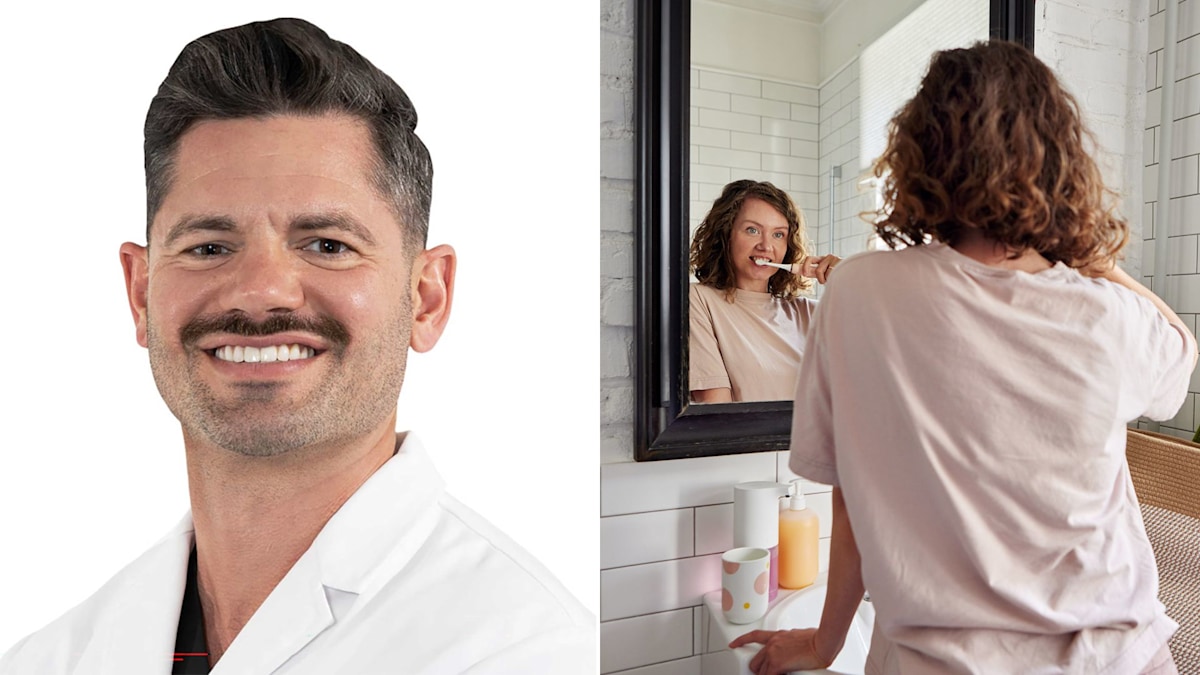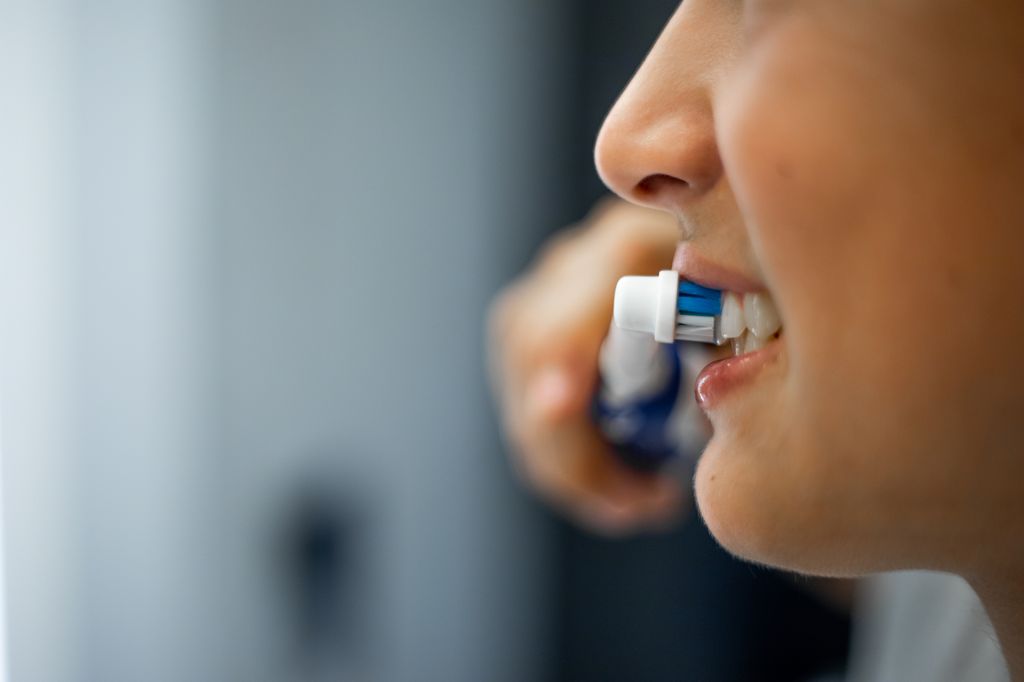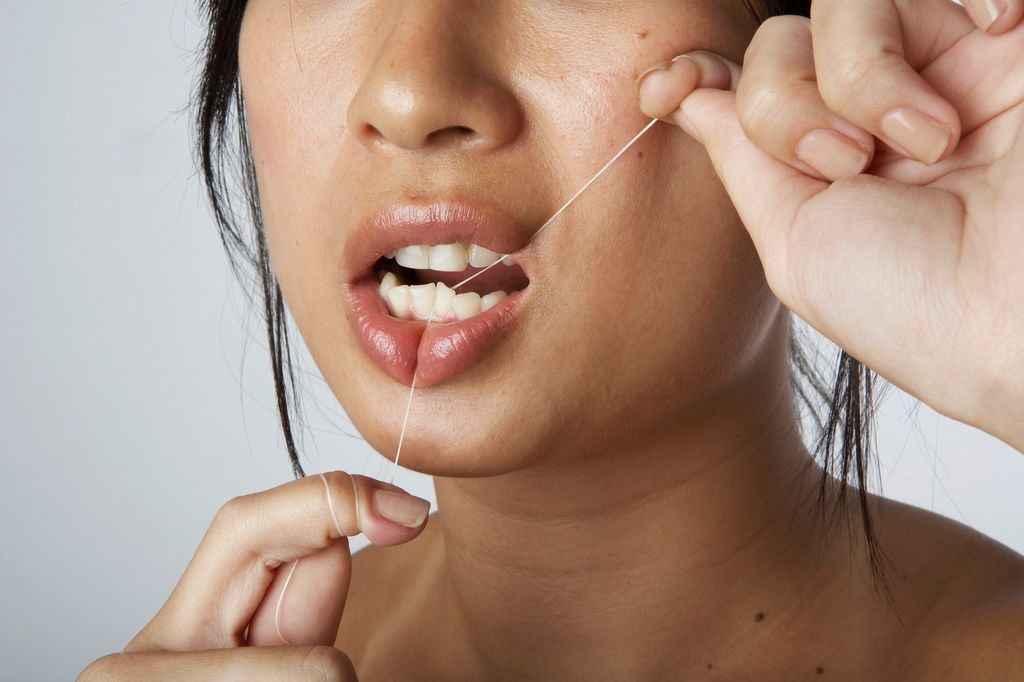A trip to the dentist is not many people’s idea of a good time, but we all know that taking care of our teeth is an essential part of our overall health. It’s not just for vanity reasons; oral health is imperative for preventing gum disease, decay, and tooth loss. And while regular visits to the dentist and hygienist are important, it’s our everyday habits that make all the difference when it comes to ensuring we look after our pearly whites as best we can.
Brushing twice a day and regular flossing seem straightforward enough, but Dr Mueller, a dentist at Doctors Implants, a doctor-owned practice of board-certified oral surgeons and restorative doctors specialising in full mouth dental implants, has shared more to the story. Dr Mueller has identified common mistakes that patients make that are actually causing harm to their oral health and, ultimately, putting their teeth at risk.
5 common brushing errors that are ‘damaging’ your smile
1. Not replacing your toothbrush frequently
For starters, Dr Mueller notes that the majority of people don’t replace their toothbrush (or toothbrush head if using electric) nearly as often as they should. According to dental professionals, we should be switching them out for new ones every three months, but many leave them for six months or longer.
“When bristles become frayed and worn, they lose their effectiveness at removing plaque and bacteria,” Dr Mueller explained. “An old toothbrush can harbour harmful bacteria that you’re then putting back into your mouth every time you brush.” Not only that, but he also notes that worn bristles will not reach into the small areas and crevices to remove plaque from the gum line, which is a leading cause of gum disease and decay over time.
2. Using the wrong brush
It’s just not buying a new brush that’s important; we need to ensure we’re buying the correct style of brush. Many think firmer bristles are going to do a better job, but this is not necessarily the case. “Generally, I recommend patients use soft-bristle toothbrushes. They’re gentler on your enamel and gums while still being effective at removing plaque when used with proper technique,” notes Dr Mueller. He also explained that the size is important. A brush that’s too large, for example, won’t reach into smaller areas for an effective clean.
3. Not brushing for long enough
According to the American Dental Association, we should be brushing for a minimum of two minutes, but some studies conducted on the general population have shown that many people only brush for 30 – 60 seconds. Fortunately, many electric toothbrushes on the market these days have timers built into them, so they will alert you when you’ve brushed for the optimal length of time.
“Two minutes might seem like a long time, but it’s necessary for cleaning all areas of your mouth properly,” explains Dr. Mueller. “I often tell patients to divide their mouth into quadrants and spend 30 seconds on each section to ensure they’re giving adequate attention to every area.”
4. Not brushing in circular motions
Many people think brushing their teeth in a forward and backwards motion is the key to making sure our gnashers are scrubbed properly, but this isn’t the best method, according to Dr Mueller. Instead, we should be brushing in a circular motion to ensure that plaque, bacteria and debris are removed effectively from the teeth and the gum line.
“The proper technique involves gentle, circular motions that massage the gums and effectively remove plaque without causing damage,” Dr Mueller explains. “You should angle the brush at 45 degrees towards your gum line and use small, circular movements rather than aggressive back-and-forth scrubbing. Many of our patients are surprised to learn that they’ve been brushing incorrectly for years. These seemingly small mistakes can have significant long-term consequences for your oral health. What’s particularly concerning is that people often think they’re doing everything right simply because they brush regularly, but technique is just as important as frequency.”
5. Skipping flossing
Flossing is an essential part of our oral routine and should be done regularly to further ensure our teeth are kept as clean as possible. Put simply, a toothbrush alone is not enough to remove bacteria, particularly from the spaces between our teeth that a brush cannot reach. Not only that, but flossing helps to keep our breath fresh and also reduces inflammation in our gums. Dr Mueller explains: “Flossing removes plaque and food debris from areas that your toothbrush can’t reach. When people skip flossing altogether, they’re leaving about 40% of their tooth surfaces uncleaned, which can lead to cavities and gum disease.
“I always tell our patients that investing a few extra minutes in proper brushing and flossing technique, and replacing their toothbrush regularly, is far less expensive and time-consuming than dealing with the consequences of poor oral hygiene. Prevention is always better than treatment, whether you have natural teeth or implants.”
Read the full article here








